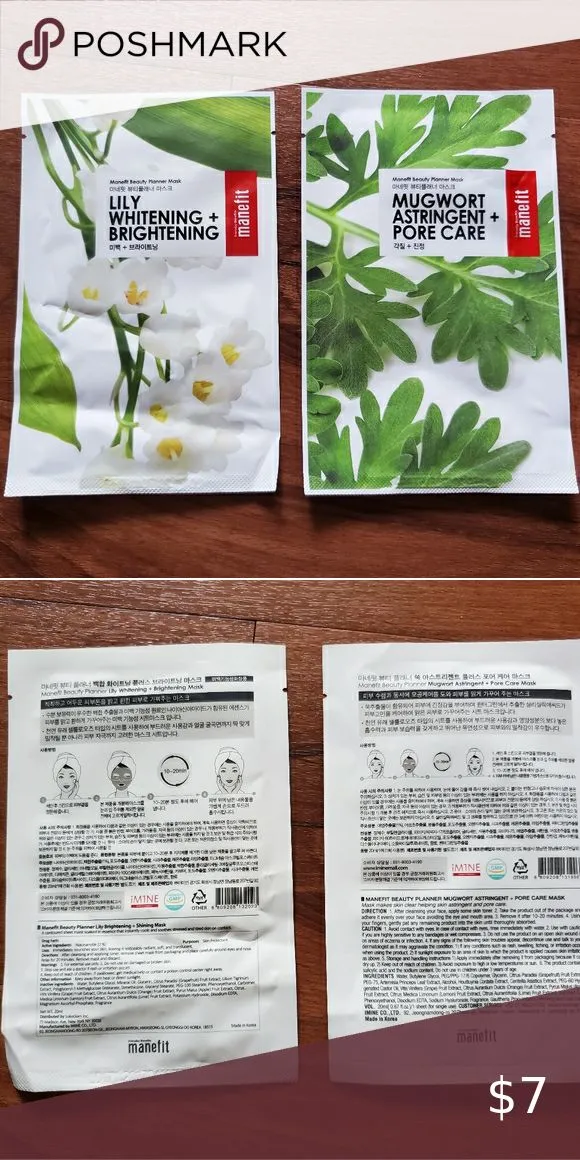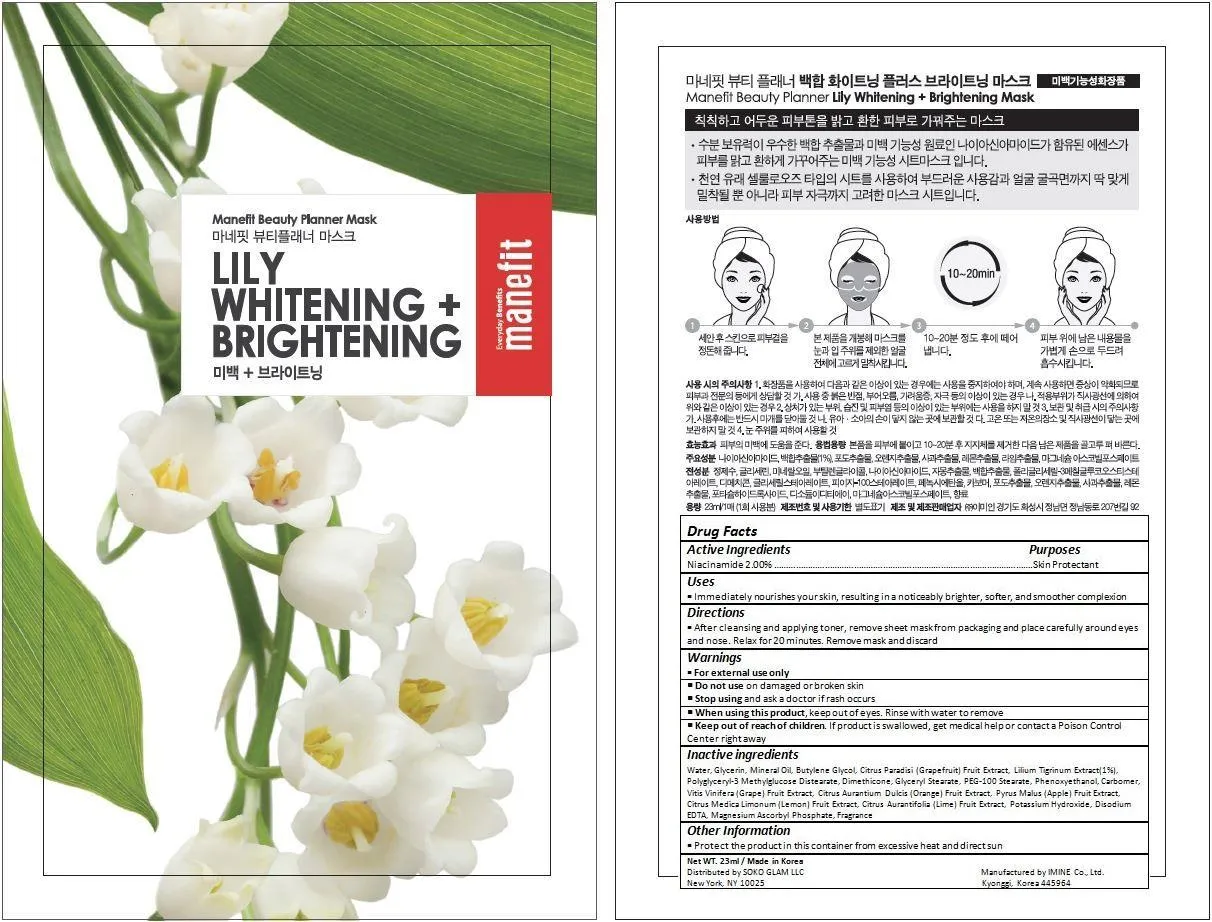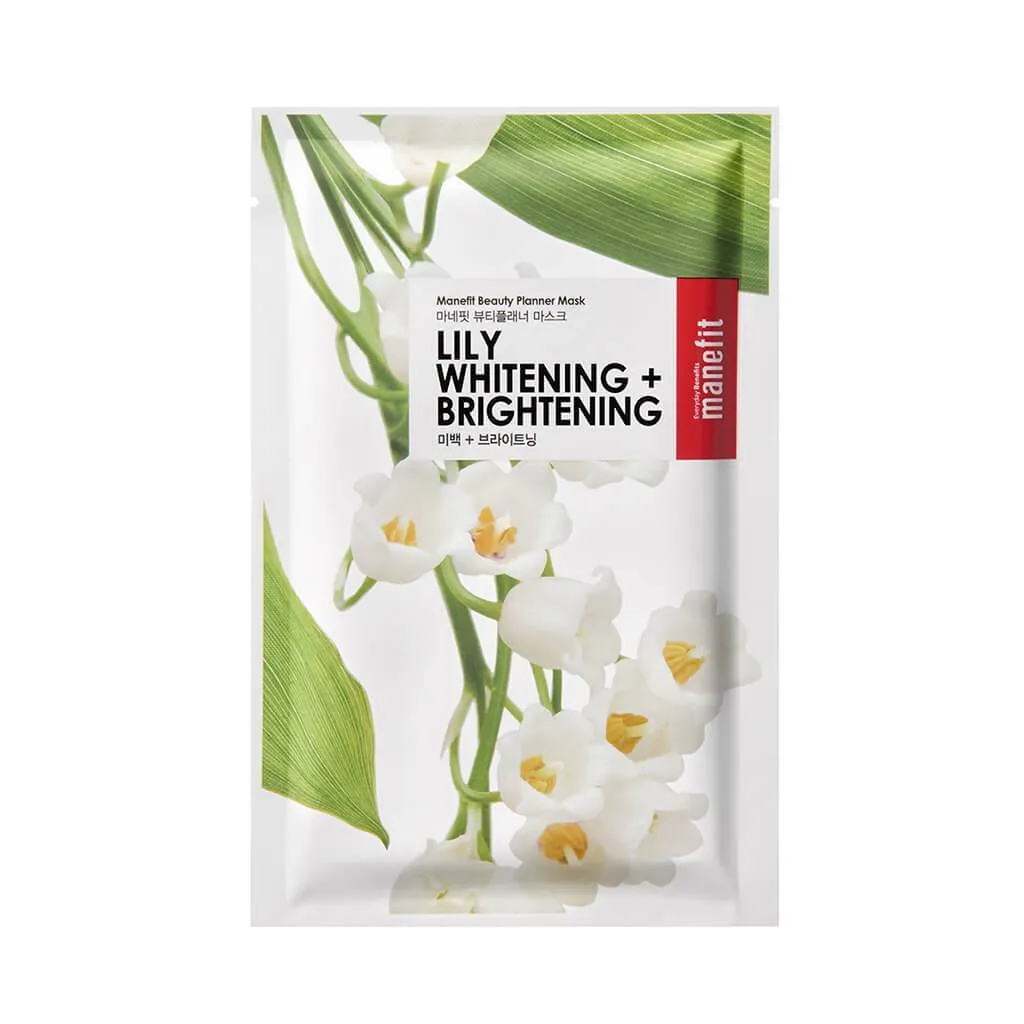What is Skin Whitening and Brightening
The pursuit of flawless, radiant skin has led to the popularity of skin whitening and brightening treatments. But what exactly do these terms mean, and how do they differ? Skin whitening generally refers to the process of reducing the melanin content in the skin, leading to a lighter complexion. This can involve targeting specific areas of hyperpigmentation or aiming for an overall lightening effect. Brightening, on the other hand, focuses on enhancing the skin’s natural luminosity and addressing dullness. It aims to give the skin a healthier, more vibrant appearance, often by promoting cell turnover and improving the skin’s surface. Both whitening and brightening strive for a more even and glowing complexion, but they do so through slightly different mechanisms.
Understanding the Difference Between Whitening and Brightening
While often used interchangeably, skin whitening and brightening address different aspects of skin tone and appearance. Whitening primarily targets melanin production, aiming to reduce the overall pigmentation of the skin. This is often achieved through ingredients that inhibit tyrosinase, an enzyme involved in melanin synthesis. Brightening, conversely, focuses on enhancing the skin’s radiance and addressing issues like dullness, uneven texture, and superficial discoloration. Brightening treatments often include ingredients that exfoliate the skin, promote cell turnover, and provide antioxidant protection. Therefore, a brightening treatment might make the skin appear lighter by removing dead skin cells and revealing a brighter layer, but it doesn’t necessarily alter the skin’s melanin production as significantly as a whitening treatment.
The Science Behind Skin Whitening and Brightening

Skin whitening and brightening treatments work through various scientific mechanisms. Whitening products often contain ingredients like hydroquinone, kojic acid, arbutin, and vitamin C, which interfere with melanin synthesis. Hydroquinone, for example, inhibits tyrosinase, the enzyme responsible for melanin production. Brightening treatments commonly employ ingredients like alpha-hydroxy acids (AHAs) and beta-hydroxy acids (BHAs) to exfoliate the skin and remove dead cells, revealing a brighter complexion. Vitamin C, a potent antioxidant, can also brighten the skin by neutralizing free radicals and inhibiting melanin production. Furthermore, ingredients like niacinamide can improve skin tone and texture, contributing to a brighter appearance. Understanding these mechanisms allows for informed choices about skin care.
Top 5 Benefits of Skin Whitening and Brightening
Skin whitening and brightening treatments offer a range of benefits beyond just a lighter or brighter complexion. These benefits contribute to overall skin health and enhance self-esteem. Many people seek these treatments to address specific skin concerns or to achieve a more youthful and radiant appearance. The benefits also depend on the specific treatments and products used, as well as the individual’s skin type and condition. However, the common goal is to improve the skin’s appearance and boost confidence.
Reduced Hyperpigmentation
One of the most significant benefits of skin whitening and brightening is the reduction of hyperpigmentation. Hyperpigmentation refers to the darkening of the skin due to an increase in melanin production. This can manifest as dark spots, age spots, sunspots, or uneven skin tone. Whitening treatments, particularly those containing ingredients like hydroquinone or kojic acid, effectively target these areas, reducing the appearance of dark spots and promoting a more even complexion. Brightening treatments, which often include exfoliants and antioxidants, also help to fade hyperpigmentation by removing dead skin cells and promoting cell turnover.
Even Skin Tone

Uneven skin tone, characterized by patches of discoloration, can make the skin appear dull and aged. Whitening and brightening treatments work to even out the skin tone, leading to a more uniform and radiant appearance. By reducing the appearance of dark spots, sunspots, and other forms of discoloration, these treatments help to create a balanced complexion. Regular use of products containing ingredients like vitamin C or niacinamide can also contribute to a more even skin tone, reducing the visibility of imperfections and promoting a smoother, more youthful look.
Increased Radiance
Brightening treatments, in particular, are designed to enhance the skin’s natural radiance. These treatments typically contain ingredients that promote cell turnover, exfoliate dead skin cells, and provide antioxidant protection. As a result, the skin appears more luminous, with a healthy glow. Ingredients like AHAs and BHAs can help to reveal a brighter complexion by removing dull, dead skin cells. Vitamin C and other antioxidants help to protect the skin from environmental damage, further enhancing its radiance. This increased radiance not only improves the skin’s appearance but also boosts confidence.
Improved Skin Texture
Many whitening and brightening treatments can contribute to improved skin texture. Exfoliating ingredients, such as AHAs and BHAs, help to smooth the skin’s surface by removing dead skin cells and unclogging pores. This can lead to a reduction in the appearance of fine lines, wrinkles, and other textural imperfections. Additionally, some treatments, such as those containing retinol, can stimulate collagen production, further improving skin texture and elasticity. The result is smoother, more refined skin that appears healthier and more youthful.
Enhanced Confidence

Ultimately, the benefits of skin whitening and brightening often extend beyond physical appearance to include enhanced confidence. When individuals feel good about the appearance of their skin, they tend to experience increased self-esteem and a more positive self-image. Addressing issues like hyperpigmentation, uneven skin tone, and dullness can lead to a significant improvement in how a person feels about their skin, which in turn can have a positive impact on their overall well-being and social interactions. The psychological benefits of these treatments are as significant as the physical ones.
Methods for Achieving Whitening and Brightening
There are various methods available for achieving skin whitening and brightening, ranging from topical treatments to professional procedures. The best approach often involves a combination of methods tailored to individual skin types and concerns. It’s important to understand the different options available to make informed decisions and achieve the desired results safely and effectively. Consulting with a dermatologist or skincare professional is crucial to determine the most appropriate treatment plan.
Topical Treatments
Topical treatments are the most accessible and commonly used methods for skin whitening and brightening. These include over-the-counter and prescription products, such as creams, serums, and lotions. Key ingredients in these treatments include hydroquinone, which inhibits melanin production; kojic acid, a natural skin-lightening agent; arbutin, which is derived from bearberry extract and has skin-lightening properties; vitamin C, a powerful antioxidant that brightens the skin and helps reduce hyperpigmentation; and AHAs and BHAs, which exfoliate the skin and promote cell turnover. It’s essential to use these products as directed and to incorporate sun protection to maximize their effectiveness and protect the skin from further damage.
Professional Procedures

Professional procedures offer more intensive options for skin whitening and brightening. These treatments are typically performed by dermatologists or trained skincare professionals. Common procedures include chemical peels, which use chemical solutions to exfoliate the skin and improve its texture and tone; microdermabrasion, which uses a device to gently sand away the top layer of skin; laser treatments, which target specific areas of hyperpigmentation or stimulate collagen production; and microneedling, which creates micro-injuries in the skin to stimulate collagen and elastin production. The choice of procedure depends on individual skin concerns and desired results. These procedures often require downtime and multiple sessions to achieve optimal outcomes.
Lifestyle Adjustments for Skin Brightness
Beyond topical treatments and professional procedures, lifestyle adjustments play a crucial role in achieving and maintaining skin brightness. These adjustments involve daily habits and practices that support overall skin health and radiance. Incorporating these habits into your routine can significantly enhance the effectiveness of other treatments and contribute to a more vibrant and healthy complexion.
Sun Protection
Sun protection is paramount for maintaining skin brightness and preventing further damage. Exposure to ultraviolet (UV) rays can lead to hyperpigmentation, premature aging, and an uneven skin tone. Applying a broad-spectrum sunscreen with an SPF of 30 or higher daily, even on cloudy days, is essential. Additionally, wearing protective clothing, such as hats and long sleeves, and seeking shade during peak sun hours can provide additional protection. Consistent sun protection not only helps to prevent further skin damage but also enhances the effectiveness of whitening and brightening treatments.
Healthy Diet

A healthy diet rich in vitamins, minerals, and antioxidants is vital for supporting skin health and promoting a brighter complexion. Consuming foods high in vitamin C, such as citrus fruits, berries, and bell peppers, can help to brighten the skin and protect against free radical damage. Including foods rich in antioxidants, such as green leafy vegetables and colorful fruits, can also contribute to a more radiant appearance. Staying hydrated by drinking plenty of water is also crucial for maintaining skin health and promoting a healthy glow. A balanced diet that avoids processed foods and excessive sugar can help prevent inflammation and support overall skin health.
Regular Exfoliation
Regular exfoliation is essential for removing dead skin cells and promoting skin brightness. This can be achieved through both physical and chemical exfoliants. Physical exfoliants, such as scrubs, use abrasive particles to remove dead skin cells from the surface. Chemical exfoliants, such as AHAs and BHAs, use chemical solutions to dissolve dead skin cells. Exfoliation helps to unclog pores, improve skin texture, and enhance the penetration of skincare products. However, it’s important to avoid over-exfoliation, which can lead to irritation and sensitivity. The frequency of exfoliation should be adjusted based on individual skin type and tolerance.
Potential Risks and Considerations
While skin whitening and brightening treatments can offer significant benefits, it’s essential to be aware of the potential risks and considerations. Understanding these factors can help individuals make informed decisions and minimize the likelihood of adverse effects. Consulting with a dermatologist or skincare professional is crucial to assess individual skin types and address any concerns before starting a treatment.
Irritation and Sensitivity

Many skin whitening and brightening treatments can cause irritation and sensitivity, particularly those containing strong active ingredients. This can manifest as redness, itching, dryness, or peeling. Individuals with sensitive skin are especially prone to these reactions. It’s important to start with a low concentration of the active ingredient and gradually increase it as tolerated. Patch testing new products before applying them to the entire face is also recommended. If irritation occurs, discontinue use and consult with a dermatologist. Using gentle, hydrating products can help to soothe and protect the skin during treatment.
Uneven Results
Uneven results are a potential risk associated with skin whitening and brightening treatments. This can occur if the treatments are not applied evenly, or if certain areas of the skin respond differently to the treatments. It’s important to follow the product instructions carefully and to be patient, as it may take several weeks or months to see noticeable results. Consulting with a skincare professional can help to ensure that the treatments are applied correctly and to address any unevenness that may occur. In some cases, professional procedures may be necessary to achieve more uniform results.
How to Choose the Right Products
Choosing the right skin whitening and brightening products can be a daunting task, given the wide array of options available. It’s crucial to consider individual skin type, concerns, and the specific ingredients in each product. Careful consideration and research can help individuals find the most effective and safe products for their needs.
Identifying Your Skin Type
Identifying your skin type is the first step in choosing the right products. Skin types are generally categorized as normal, dry, oily, combination, and sensitive. Understanding your skin type helps you select products that are appropriate for its needs. For example, individuals with dry skin should choose hydrating and moisturizing products, while those with oily skin may prefer lighter, oil-free formulations. Individuals with sensitive skin should opt for gentle, hypoallergenic products that are free of harsh chemicals and fragrances. Consulting with a dermatologist can help you determine your skin type accurately.
Reading Labels and Ingredients
Reading labels and understanding the ingredients is crucial for selecting the right products. Look for products that contain active ingredients known for their whitening and brightening properties, such as vitamin C, niacinamide, AHAs, and BHAs. Avoid products that contain harsh chemicals or fragrances, especially if you have sensitive skin. Carefully review the product’s claims and ensure that they align with your skin concerns. Research the ingredients and their potential side effects. The product label should also provide instructions on how to use the product safely and effectively.
Consulting with a Dermatologist
Consulting with a dermatologist is highly recommended before starting any skin whitening or brightening treatments. A dermatologist can assess your skin type, identify specific concerns, and recommend the most appropriate products and treatments. They can also provide guidance on how to use the products safely and effectively, and they can monitor your progress and address any potential side effects. A dermatologist can also prescribe stronger medications or recommend professional procedures if necessary. Consulting with a professional ensures that you receive personalized advice and can achieve the best possible results while minimizing the risk of adverse effects.
In conclusion, skin whitening and brightening treatments offer a range of benefits, from reducing hyperpigmentation to enhancing radiance. By understanding the science behind these treatments, the potential risks, and the importance of choosing the right products, individuals can achieve a brighter, more even complexion. Incorporating lifestyle adjustments, such as sun protection and a healthy diet, further enhances the results and contributes to overall skin health. Consulting with a dermatologist is key to achieving the best and safest results.
